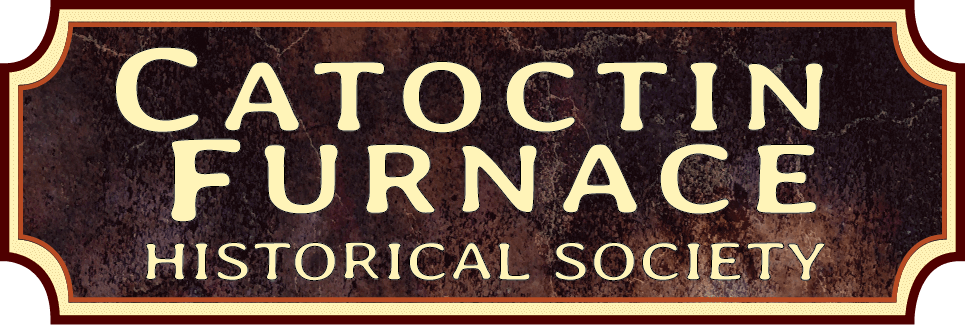The Forensic Facial Reconstructions of Two Enslaved African Americans from the Late 18th and Early 19th Centuries:
Unveiling and Fundraiser
Wednesday, August 19, 2020, 6 to 9 p.m.
Delaplaine Center for the Arts
40 South Carroll Street
Frederick, Maryland 21701
In 1979, the construction of a new highway in western Maryland uncovered the graves of 35 individuals interred in the Catoctin Furnace African American Cemetery during the late 1700s and early 1800s. This year, forensic facial reconstruction was used to bring the faces of two of these individuals to life: one an African American woman aged 30 to 35 years and the other a young man of 15 or 16 years. DNA tests and reconstruction reveal not only how these early Marylanders appeared in life but tell the story of the harsh existence and physical challenges they endured.
On August 19th, the facial reconstructions will be unveiled at the Delaplaine Center for the Arts in Frederick. Md. The event is open to the public. Funds raised will go to restore the Museum of the Ironworker in Catoctin Furnace, Md., where the reconstructions will be permanently on display.
Beginning in 2016, the Catoctin Furnace African American Cemetery Commemoration Project undertook DNA analysis, stable isotope analysis, biometric measurements, and other scientific studies of individuals from the cemetery. The individuals chosen for facial reconstruction have captivating stories that shed light on different aspects of the early industrial village population. DNA testing identifies a maternal relationship between the woman chosen for facial reconstruction and an infant buried in the same grave. She was also likely the mother of a second child buried in the cemetery, aged 1.5 to 2.5 years. All three have craniostenosis—a rare congenital condition with a high rate of occurrence in the cemetery group. The woman’s skeleton also showed abnormalities of the left femoral head and neck. Radiographs and bone loss in the left femur suggest abnormal weight bearing of her left leg. In life she may have had a noticeable limp. The loss of children, pain and disability in life, and early death, presents a poignant story that was likely shared by other African American women in the cemetery.
DNA testing of the teenager confirms he was male and identifies a maternal relationship between this individual and a teenage young woman buried nearby. Like the woman and infants mentioned above, craniostenosis, or premature suture closure, is present for this person. The cranial base and vertebrae show markers of spinal compression, notable given his youth. His story reflects the hard work and high rate of mortality for enslaved Catoctin Furnace teenagers, particularly young men. His death may be related to his occupations at the furnace, since the findings suggest he was engaged in heavy labor at a young age. Unskilled, inexperienced youth may have been more susceptible to injury and early death.
The facial reconstruction of these two individuals was jointly accomplished by experts at the Smithsonian Institution and artist Ji Woong Cheh of Studio EIS in Brooklyn, NY.
Tickets for the event are available at Eventbrite:
The Catoctin Furnace Historical Society is a 501©3 nonprofit. All proceeds from the event will go directly to the completion of the Museum of the Ironworker, which will be the permanent home of the forensic facial reconstructions. For more information, contact Elizabeth Anderson Comer at 443-463-6437 or via email at [email protected]
